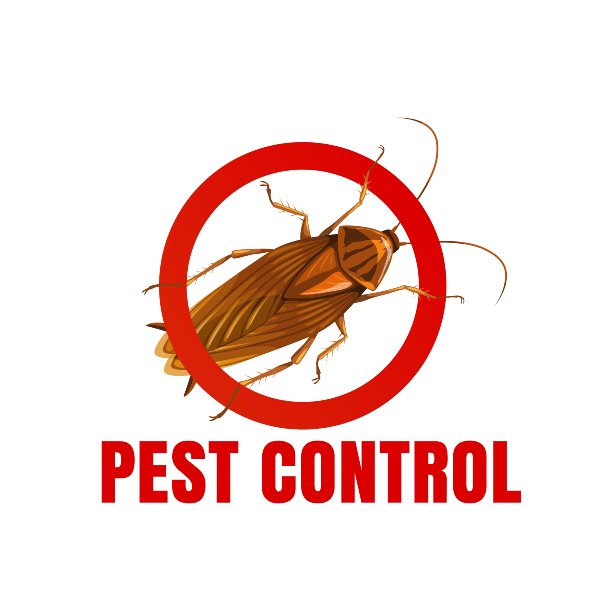A1 Bed Bug Exterminator Charlotte - Efficient and Budget-friendly Services
A1 Bed Bug Exterminator Charlotte - Efficient and Budget-friendly Services
Blog Article
Bed Bug Treatment Break Down: Contrasting Chemical Vs. Non-Chemical Solutions
In the world of parasite control, particularly when handling the persistent issue of bed pests, the option in between chemical and non-chemical treatment services can be a pivotal one. Both strategies supply unique advantages and downsides, influencing factors such as effectiveness, security considerations, and general price. By examining the nuanced information of each approach, a clearer understanding of which course to go after in addressing a bed insect problem can be attained.
Performance of Chemical Treatments
Chemical treatments for bed bug problems have actually been commonly identified for their rapid and potent efficiency in getting rid of these insects. When considering the performance of chemical therapies, it is essential to understand that they can offer a extensive and fast solution to a bed pest issue. Specialist pest control specialists usually depend on pesticides to target bed pests at various stages of their life cycle, consisting of eggs, grownups, and fairies. These chemicals generally work by interfering with the bed pests' anxious system, bring about paralysis and eventual fatality.
Furthermore, chemical therapies have the advantage of providing residual impacts, indicating that they can proceed to get rid of bed insects also after the preliminary application. This recurring action is specifically helpful in combating any type of possible re-infestations. In addition, the fast activity of chemical treatments can bring alleviation to individuals dealing with extreme bed pest invasions, allowing them to gain back control of their home rapidly.
Security Worry About Chemical Solutions
One critical aspect that calls for careful factor to consider when utilizing chemical options for bed bug therapy is making sure the safety and security of residents and the environment. Direct exposure to particular chemicals made use of in bed bug therapies can lead to respiratory system problems, skin irritability, or various other unfavorable reactions, especially in individuals with pre-existing problems or sensitivities.
Furthermore, the environmental effect of chemical remedies is another substantial consideration. Some pesticides used in bed insect therapies may be harmful to beneficial bugs, wild animals, and ecosystems if they leach right into the soil or water supply. It is important to utilize chemical treatments judiciously, following security guidelines, and taking into consideration less hazardous alternatives to alleviate these risks and guarantee the reliable and risk-free monitoring of bed bug problems.
Advantages of Non-Chemical Approaches
Considering the potential safety problems and environmental impact related to chemical remedies for bed insect treatment, discovering non-chemical approaches provides an appealing option with several distinctive benefits. Non-chemical techniques provide a more secure choice for households, especially those with pets, people, or kids delicate to severe chemicals. These strategies remove the dangers of direct exposure to hazardous materials, reducing the possibility for unfavorable wellness effects. Additionally, non-chemical treatments are eco-friendly, as they do not add to air or water contamination, making them a sustainable selection for which termite treatment is best bug control.
Additionally, non-chemical options can be reliable in targeting bed bugs, consisting of hard-to-reach areas where chemical treatments may not penetrate. Approaches such as warm therapy, vacuuming, heavy steam cleansing, and bed mattress encasements supply detailed obliteration without using damaging chemicals. Moreover, non-chemical strategies can be less disruptive, requiring minimal prep work and permitting quicker reentry right into dealt with areas. Overall, choosing non-chemical bed bug treatment methods not only prioritizes safety and security and environmental management yet likewise makes sure effective and thorough parasite control.
Limitations of Non-Chemical Treatments

In addition, non-chemical therapies often call for multiple applications to accomplish effective eradication. This can be taxing and may not constantly assure total elimination of all bed bugs and their eggs, especially in concealed or hard-to-reach locations.
Moreover, the success of non-chemical treatments heavily relies on appropriate implementation and thoroughness, which can be testing for people without expert know-how. Insufficient application of non-chemical approaches might cause insufficient removal, causing consistent invasions and the need for added therapies.
Consequently, while non-chemical therapies have their benefits, it is vital to recognize these restrictions and consider them when determining the most reliable strategy for taking care of bed bug invasions.
Expense Contrast: Chemical Vs. Non-Chemical Options
Provided the limitations linked with non-chemical therapies, an important aspect to assess in the context of bed pest administration is the cost contrast in between chemical and non-chemical choices. In contrast, non-chemical therapies like warmth therapy or vapor can be extra pricey, with prices varying from $1,000 to $6,000 for a whole home. While the first expense of chemical therapies may appear reduced, several therapies may be called for to totally get rid of the infestation, possibly increasing the overall price.
Final Thought

Considering the prospective security issues and ecological influence associated with chemical remedies for bed pest treatment, exploring non-chemical techniques offers a promising option with numerous distinct benefits.Given the constraints associated with non-chemical therapies, an essential aspect to assess in the context of bed pest monitoring is the cost contrast in between chemical and non-chemical alternatives. In contrast, non-chemical therapies like warm treatment or vapor can be much more pricey, with prices varying from $1,000 to $6,000 for a whole home. While the initial price of chemical therapies may appear reduced, numerous therapies might be required to completely remove the infestation, possibly increasing the total cost.In final thought, when contrasting chemical and non-chemical bed insect treatment alternatives, it is necessary to take into consideration effectiveness, safety, benefits, constraints, and expense.
Report this page